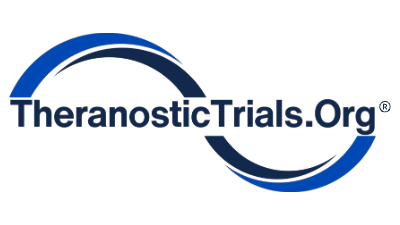
How to Navigate Ecosystem Connect NEWDistinguished Investigators Global Conferences RLT Education RLT Components Sponsors Trial Stats
Filters
(27 results)
Study Types
Enrolling Status
Study Sponsor Type
Head and Neck Cancers
Study Status
Enrolling
On Hold
Not Enrolling
Unknown
Last Updated: Thu Dec 04 2025


